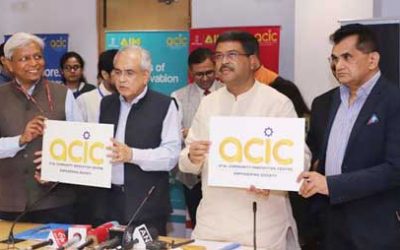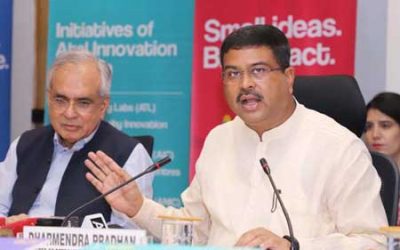One of the few successful Indian fintech startups, Bangalore-based Razorpay, joins the Unicorn club, as it has secured $100M in a new funding round. With this cycle of financing, the payment startup has also become the first Indian payment-gateway to achieve US$ 1bn valuation.
“Razorpay secures $100 million in Series D funding led by GIC, Singapore’s sovereign wealth fund, along with Sequoia & our existing investors Ribbit Capital, Tiger Global, Y-Combinator and Matrix Partners. The funding also comes with a significant milestone of Razorpay becoming the newest unicorn in India, informs Shashank Kumar, Co-founder, Razorpay, through the company’s official blog.
Set-up in 2013 by Shashank Kumar and Harshil Mathur, Razorpay had raised $75 million in Series C funding last year.
Razorpay’s ambitions after joining Unicorn Club
Razorpay offers social media sellers and SMEs a convenient mechanism to take payments online without a website or a payment gateway integration. The company plans to employ the fresh capital to scale up its solutions such as RazorpayX, a neo-banking platform, and Razorpay Capital, a quick business loan platform. It also plans to hire about 500 employees this fiscal year.
Razorpay also provides cash advance service to Micro, Small, and Medium Enterprises (MSME), through collaboration with banks. As Razorpay secures $100 million funding, this will enable it to expand its lending solution capabilities. The company says that over 50% of Indian SMEs still don’t have access to digital financial tools, and it is determined to help these businesses in the best possible manner.
“We strongly believe that RazorpayX will charter our next growth chapter – driving the mobile-first, technology-first transformation of business banking, suited to the digital needs of businesses today and helping them make better decisions,” adds Kumar.
Market onlookers view this development as spectacular since it demonstrates investors’ growing confidence in the Indian startup ecosystem despite the uncertain economic environment. The COVID-19 pandemic has accelerated digital technology’s acceptance, forcing people to alter their behavioral buying patterns and move to online channels.
Razorpay’s list of clients includes Facebook, Google, Jio, Hotstar, Wikipedia, Meesho, among many other independent contractors and SME’s.
Digital transactions gain steam during the pandemic
Led by the Indian government’s increased impetus and growing digitization, the country’s digital payments ecosystem is ready to see a monumental rise. According to the Bank for International Settlements (BIS), India saw digital transaction uptake of about 55% in 2018 compared to 11.4% in Brazil, 35% in Russia, and 23% in Indonesia.
With a mushrooming work-from-home and cautious approach due to COVID-19, the country is expected to see rapid growth in the digital transformation across all sectors and industries. Additionally, from a demographic perspective, more than 60% of India’s population is under 35 years, mostly extremely tech-savvy. This young population is equipped with high disposable income, inexpensive smartphones, and 24*7 data connectivity. It makes them prime potential customers of non-bank digital players.
Additionally, events such as demonetization and COVID-19 have also fast-tracked the digital payment ecosystem’s overall growth.
Companies like Razorpay seems to be cashing in on these exceptional attributes and expanding their solution capabilities. There is also a tremendous interest among many fintech companies and investors to set their shop locally and be a part of India’s growth story.
Besides Razorpay, other prominent digital payment gateway players battling for India’s market share include PayMate, Paytm, CC Avenue, PayU, Paytm, and Mobikwik.

















0 Comments